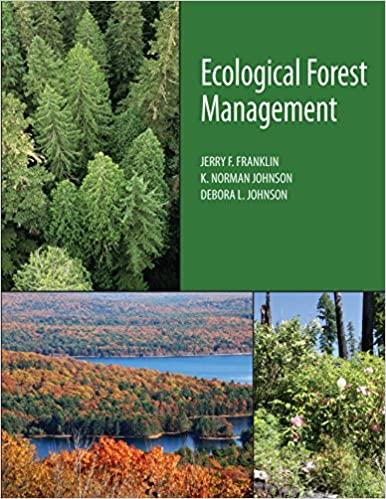Answered step by step
Verified Expert Solution
Question
1 Approved Answer
Cap and trade policies set a cap on greenhouse gas emissions within a certain industry ( say , petrol ) and give companies in this
Cap and trade policies set a cap on greenhouse gas emissions within a certain
industry say petrol and give companies in this industry the option to trade
allowances for greenhouse gasses with each other. When designing these policies,
regulators often find it useful to try to anticipate how companies will respond. In
this question, we'll walk through such an exercise.
Assume a group of six petrol companies has a collective cap of allowances. In the
network in Figure the nodes are these six companies and an edge signifies that
two companies have a strong enough relationship to consider trading allowances.
The companies have mutually agreed to follow the oneexchange rule ie each
node can be involved in an exchange with only one of its network neighbors and
allow each exchanging pair to split emission allowances. So far, the companies
have arrived at the following outcome.
a Show that the outcome in Figure is stable and balanced.
b Sunoco is unhappy with only having allowances. In order to negotiate a
better deal from Pemex, Sunoco wants to try developing a new relationship
with exactly one of the four other companies it's not already connected to If
successful, this would add one new nonexchanging edge to the network in
Figure without adding any new nodes Intuitively without doing any
calculations what is one company Sunoco can form a relationship with that
would destabilize the current arrangement and give it the opportunity to
maximize its allowances? Explain.
c Assume that Sunoco is able to form the relationship you described in part b
and tries to use this to renegotiate its deal with Pemex. Draw the resulting
network and find a balanced outcome where only the split between Sunoco
and Pemex changes. All other exchanging pairs should have the same split as
they do in Figure Explain why this new exchange is balanced.
d Does Sunoco get more in the outcome from part than in the original
arrangement?
e After what happened in part c Sunoco has gotten greedy and wants even
more allowances. Is it better for Sunoco to try to i create new relationships
with other companies ie add a new edge to the network in part c between
itself and one of three nodes it's not already connected to or ii disrupt
existing relationships between other companies ie remove an edge
between two other nodes, from the network in part c If you said i what is
an example of a company Sunoco would want to create a new relationship
with? If you said ii what is a pair of companies whose relationship Sunoco
would want to disrupt? Offer an intuitive explanation of both answers in
sentences.

Step by Step Solution
There are 3 Steps involved in it
Step: 1

Get Instant Access to Expert-Tailored Solutions
See step-by-step solutions with expert insights and AI powered tools for academic success
Step: 2

Step: 3

Ace Your Homework with AI
Get the answers you need in no time with our AI-driven, step-by-step assistance
Get Started


